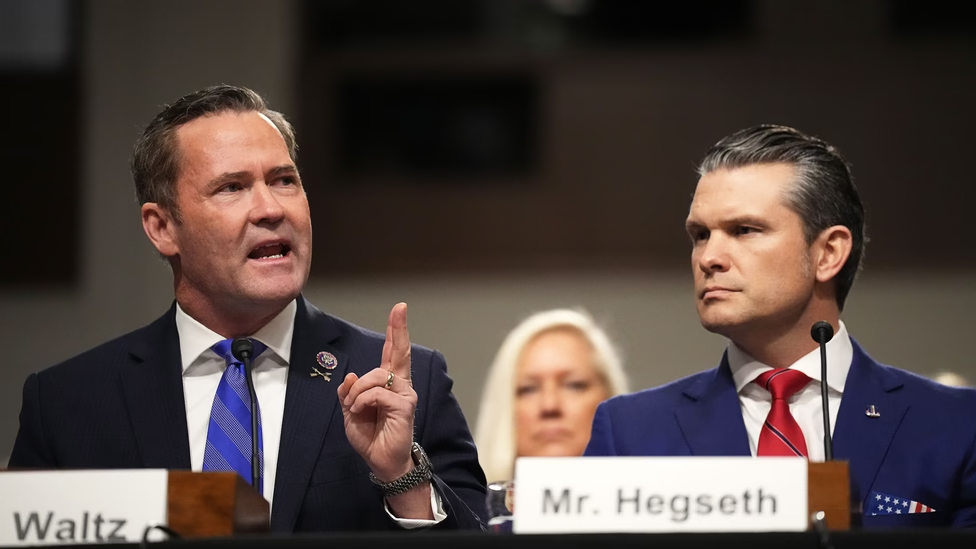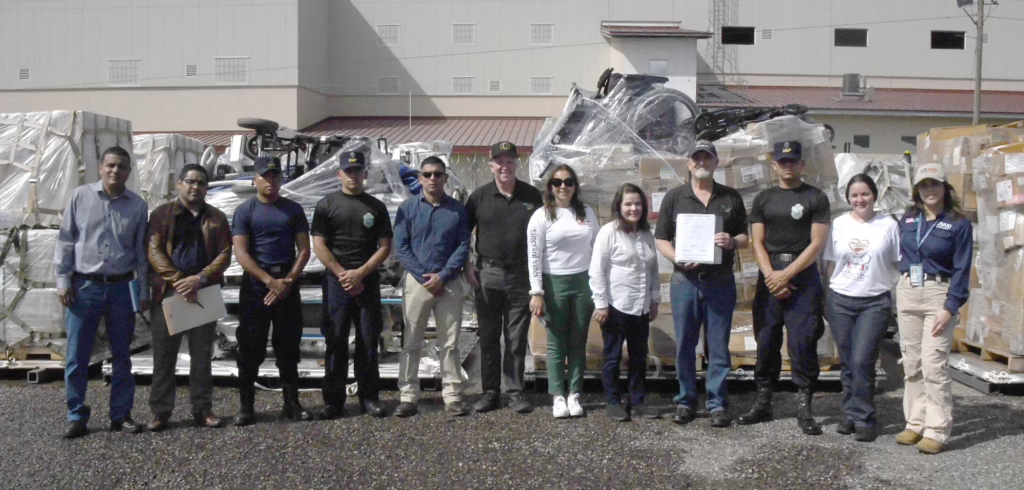
Are you old enough to remember the first Fear Factor TV show? According to your friend, Wikipedia, it was “an American stunt/dare game show that first aired on NBC from 2001 to 2006 and was initially hosted by comedian and UFC commentator Joe Rogan.”
After a summer of endless advertising, it was successful enough to be granted a full season right after the World Trade Center buildings were destroyed by airplanes on 9/11 and the United States started an unending War on Terror.
I think most of the population is still figuring our what to do with their personal war on terror. The media’s advice was generally delivered via products like Fear Factor which proved a regular, beefed-up person, could basically do anything if they put their mind to it and had some way to film the deed. Psychotherapists had increasing wisdom to offer, as well. They had been concentrating on trauma since the Vietnam War, and now began institutionalizing screening practices for it, summarized by Harris and Fallot in their seminal article. As a result, the Marvel superhero films, like The Avengers, began to showcase more complex and vulnerable heroes. They grappled with the trauma of relentless attacks by monstrous beings and faced the strain of dishing out violence while trying to have principles.
Fear Factor is still going. It has become a successful franchise for selling packages of artificially-controlled trauma back to the people living in an age of overwhelm, and has spawned versions all over the world. MTV aired a version with Ludacris as host in 2017-18 which included a Jersey Shore episode with Snooki and Pauly D. With the dawn of Trump 2.0 the time is ripe for an American reboot and it is planned for a fall premier later this year. People Magazine (still exists) quotes the advertising tag line: “Dropped into an unforgiving, remote location, a group of strangers will live together under one roof, and face mind-blowing stunts, harrowing challenges and a twisted game of social strategy where trust is fleeting — and fear is a weapon.” Some people might say that sounds like a recent school board public meeting.
The fear factor is background
I think we often gloss it over and talk about something other than our fear, even though we are afraid all the time. Don’t get me wrong, much of human development is a reaction to our fears, so saying we live in an “age of fear” could be a bit grandiose. After all, the ancient collection of the Bible is said to have 365 instances where we are told “do not be afraid” – since we are all afraid most of the time. If God is not with us and we are not with God, what will become of us?
It is easy to see our fearful reactions to the Trump turmoil. He’s the newest fear factor which has become the background of our days and his perverse nonsense will be a dark cloud on our summer picnics. I and over 80,000 others protested it all in Philly last Saturday. We don’t like living in an era where our fears are heightened, our reactivity is on a hair-trigger, and both rationality and compassion are constantly strained.
I can’t imagine your personal experience. But if it is anything like mine, you have also witnessed many people facing the newest fear factor. You could, no doubt, add your own reactions to those I’ve noticed in others:
- Schools and other institutions are still rushing to rewrite DEI language before they lose funds.
- People are not buying real estate because of uncertainty.
- People are finding new drugs to take for their anxiety.
- High school and college grads can’t imagine what professions will be left after A.I. fully takes root.
- Old people wonder how stable their nest egg is now that crypto is infecting their portfolios and a crypto family is in power.
- People who would like to pastor the church but find other things to do because of the poisoned atmosphere for leading.
- People are actively going through the process to claim birthright citizenship in other countries in case they need to escape the fascist U.S.
Recently, IMY2, a newer group from Nashville, ably covered Buffalo Springfield’s famous indictment of the fear factor from 1967: “For What It’s Worth.” It is the perfect soundtrack for scenes of Senator Padilla being wrestled to the ground. I shouted “Hey, hey. Ho Ho. Kristi Noem has got to go” during No Kings Day. I hope she’s out before she “liberates” Philly.
June 14 was a hugely positive reaction
The media continues to highlight burning Waymos and assassinations, somewhat justifiably. But they also turned up to cover the over 2100 protests last Saturday — estimates of the number of protesters are still being formulated: so far, 5 million people is low, 11 million is high. So many people have been personally touched by the senseless, somewhat random governance of the goon squad let loose by our psychopathic president they got into the street.
Here are well known examples of the fear factor their signs referenced:
- Scientists and researchers now fear speaking out publicly because their funding will be cut. Their livelihoods are threatened and they are intimidated.
- Journalists, foreign and domestic, are harassed and funding is cut to free speech institutions that took years to develop.
- Trump’s first 100 days upended the global order led by Americans which painstakingly developed cooperation and created mechanisms to solve differences.
- People are becoming more aware and Trumps approval numbers are slipping. A new president who leads a minority, not the country, is inherently destabilizing.
Governments are all about stability. At their best, they are about the common good. In functional democracies, they skillfully manage ongoing institutions that provide justice and services while they incorporate the changing needs associated with societal development. They are much more complex than corporations and require people who devote great skill to maintaining them. When all that is absent, the fear factor immediately intensifies.

Work on healthy responses to the fear factor
I personally loved how boring it can be when 80,000 people are out for a peaceful stroll together. The socialists, communists, and Free Palestine people were out last Saturday with their usual singlemindedness. But we just stepped away and joined the next 1000 people on their way to the Art Museum. We brought children, so one time we needed to start our own chant when all we heard was “Fuck Trump.” But most people were pretty happy. That’s one of the main ways to beat fear:
Be happy. Joy was in the air at the march, not just fear. Many of us were with loved ones. And we were with 1000’s of people who were with us. Being outside, being together, having a common purpose are all avenues to joy — I was praying, too. We need to hang on to joy.
Be creative. We were also making a protest together. And many of us made some very creative signs. Mine looked a bit like I might be in 4th grade — but I did put my marker to foam board which I had to go buy. I made the effort. It always feels good to make things. It is definitely joyless to destroy.
Talk about it. Fear is dissipated when it is named. Sometimes trauma is hard to get to, of course, it gets locked in our most basic brain. But talking is probably better than anesthetizing it with the latest drug, for most of us. It was nice to have 80,000 people bringing up the subject.
Get righteously mad. Obviously, most Americans did not get to the protest. They might have honked their horn on the way to work or to attending to their aging mother’s medical needs. They may think Donald Trump will save them from gay marriage, Mexican rapists or other terrors. More likely they are opted out of everything because they are uncertain, alone and overwhelmed. Being angry and not sinning is good self-care. Last Saturday, shouting “Stephen Miller has got to go!” felt very good — I got it out of the churn of the fear factor invading my peace. The churn died down for a bit. I intend to keep shouting.






 Daniel finds it easy to tell him the truth. First he tells him the story of his father, who did evil and did not follow God and ended up like an insensible animal eating grass out in the weather. He frankly tells Belshazzar he hasn’t learned a thing from his father’s fate and is presently repeating his folly.
Daniel finds it easy to tell him the truth. First he tells him the story of his father, who did evil and did not follow God and ended up like an insensible animal eating grass out in the weather. He frankly tells Belshazzar he hasn’t learned a thing from his father’s fate and is presently repeating his folly.
 Anslinger served as the first commissioner of the U.S. Treasury Department’s Federal Bureau of Narcotics, beginning with the administration of Herbert Hoover, then under Roosevelt, Truman, Eisenhower, and Kennedy – an unprecedented 32 years. He zealously advocated for and pursued harsh drug penalties, in particular regarding cannabis, which he got included with regulated drugs like morphine. As a propagandist for the war on drugs, he focused on demonizing racial and immigrant groups. And he used the power and influence of the U.S. after WW2 to force the whole world to fight drugs the American way. Hari notes when the Swiss and Portuguese decided to stop the war in their countries, they still had to face international treaties that enshrined a compassionless approach.
Anslinger served as the first commissioner of the U.S. Treasury Department’s Federal Bureau of Narcotics, beginning with the administration of Herbert Hoover, then under Roosevelt, Truman, Eisenhower, and Kennedy – an unprecedented 32 years. He zealously advocated for and pursued harsh drug penalties, in particular regarding cannabis, which he got included with regulated drugs like morphine. As a propagandist for the war on drugs, he focused on demonizing racial and immigrant groups. And he used the power and influence of the U.S. after WW2 to force the whole world to fight drugs the American way. Hari notes when the Swiss and Portuguese decided to stop the war in their countries, they still had to face international treaties that enshrined a compassionless approach.










 I was surprised to find my favorite Tweeter, Dan White, featured in an interview in the New York Times: “A Pastor Ripped Apart by Our Divided Country” (
I was surprised to find my favorite Tweeter, Dan White, featured in an interview in the New York Times: “A Pastor Ripped Apart by Our Divided Country” (